Choosing a Location to Photograph Aurora Borealis
Because there are many factors and decisions to consider, choosing a location to photograph Aurora Borealis or the Northern Lights can be daunting and cumbersome. In this article, I list some of the factors that have helped me choose locations when photographing the lights. I’ve been fortunate enough to shoot in several different types of locations and have learned something from each one of them. This article outlines some tips and tricks I’ve learned along my journey of photographing the Northern Lights.
First, I like to start with the Internet to research Northern Light images on photo forums. There are popular photo sites like Flickr, 500px, and Google Plus that display some amazing images of Aurora Borealis. These images come from all over the world and give you a good overview of different landscapes with the Northern Lights. When perusing images of Northern Lights images, I notice trends about what locations I would like to see.
Some of the more stunning places in which I’ve had the chance to photograph the Northern Lights are Iceland, Norway, Sweden, Yukon, and Alaska. Each is amazing in its own right and is special for different reasons. Each place also has its pros and cons (such as weather, cost, accessibility, and frequency of the lights) that I will discuss in more detail.
Research – To find out more about each location, I frequently contact other photographers who have been there; this gives me an insight into their experiences which is invaluable especially when combined with my own research. In addition to contacting other photographers, I often visit photo forums regarding the Northern Lights and locations. Don’t be shy about asking questions; people are typically very generous with information they’ve learned.
In the research process, I found that I gravitate towards certain photographers and landscapes styles. I like to dig deep into what exactly inspires me about their Northern Light images; the styles I’m drawn to seem to purposefully tell a story with their images. With the rising popularity of Northern Lights photography, it’s important to find what motivates you personally. This will help you in your search to narrow down locations. From looking at a variety of Northern Light images, I begin to notice trends about my preferences for elements that are combined with the lights. Once I’ve established a foundation of what it is I am looking to photograph, I can then focus my research on locations with those parameters.
Other things to consider when researching locations for the Northern Lights are cost, accessibility, and frequency of the lights. Each of these factors is an integral part to choosing a location. Upon further research, many of the locations had accessibility issues due to the unsafe conditions. This was a critical factor in my decision. For example, getting around in Norway during winter can be very difficult and dangerous, especially at night. Many of the highways are narrow and the road conditions change frequently. This bit of research lead me to choose a photo tour for this location rather than trying to drive myself. I was then able to focus on the photography and not worry about unfavorable winter conditions. On the other hand, many of the major cities in Alaska such as Fairbanks have far safer winter conditions in regards to accessibility which would allow me to drive to several locations without too much worrying about the winter conditions.
Cost – The cost associated with each location varies quite dramatically. For example, because the cost of living in Norway and Iceland is high, everything you do there is going to be more expensive. This not only includes transportation to the location, but also rental cars, food, gas, and other traveling expenses once you arrive in the location. A place like Fairbanks, Alaska (where accommodations and transportation are more reasonably priced) can be much more appealing when it comes to cost.
Accessibility – Accessibility (or how easy it is to get to a prime viewing location) is another factor to consider when deciding where to photograph the Northern Lights. With places like Norway, many of the accommodations can be found in prime viewing spots. I was able to stay in a fishing hut at the base of a mountain and great views right outside my cabin. This had several advantages including the fact that I could start shooting right away when I saw the lights and I was able to get some sleep while waiting for them to make an appearance. Many of the accommodations in Norway even had an alarm that sounded when the lights made a showing.
In Iceland, the driving was longer and often meant driving ahead of time to be ready. The disadvantage to this was you had to go out every night and hope the lights showed. A lot of patience was needed as well as extra warm clothing while waiting. Although the prime viewing areas in Iceland were amazing, there was a lot of driving to get to these locations.
In Alaska, many of the situations that presented itself in Iceland were also true. I could see when the Northern Lights were present while in heart of Fairbanks but finding places to photograph them took some driving time. Because of light pollution from the city lights, it was necessary to drive quite some distance outside of town to find more suitable conditions. I had to decide whether to drive to a location and hope the lights would show or wait until I saw the lights and then drive to a good spot.
Frequency – A final consideration when looking to photograph the Northern Lights is frequency… how likely you are to see the lights during the length of your stay. Although this varies dramatically year to year, I’ve found that Alaska gave me the highest percentage of Northern Lights viewing time. On average, I’ve seen the lights at least 70% of the time I spent there.
The Northern Lights in Norway and Sweden also made frequent appearances during my stays. The least frequent appearances of Northern Lights that I experienced was in Iceland. Although viewing areas in Iceland are incredible, due to weather and other variable conditions, seeing the Northern Lights during a week’s stay is far from a sure thing. If you choose Iceland, I advise you spend a longer time there to increase your chances.
As you can see, there are many factors that contribute to your choice of location for photographing the Northern Lights. The priority of each factor will vary from person to person. Because of cost, accessibility, and frequency of the Northern Lights, doing research of each location can go a long way to successfully choosing your ideal spot. Also, get involved with photo forums and don’t be afraid to ask for advice from other photographers. Explore what really moves you about the Northern Lights and convey that to your viewer. Oh… and make sure you take time to simply ENJOY them!!

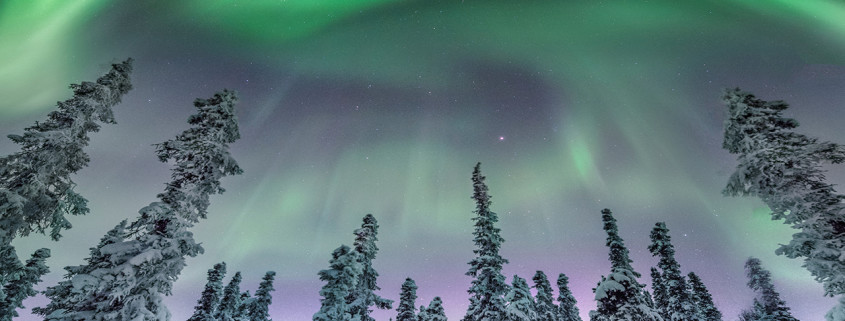
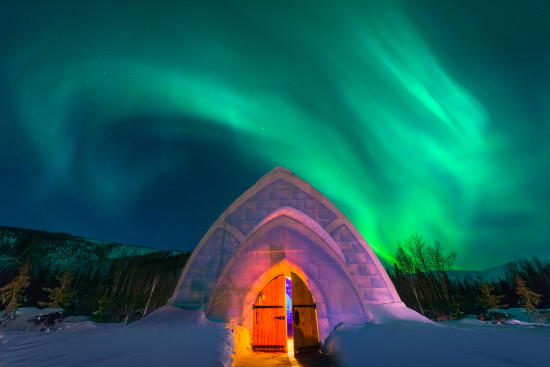
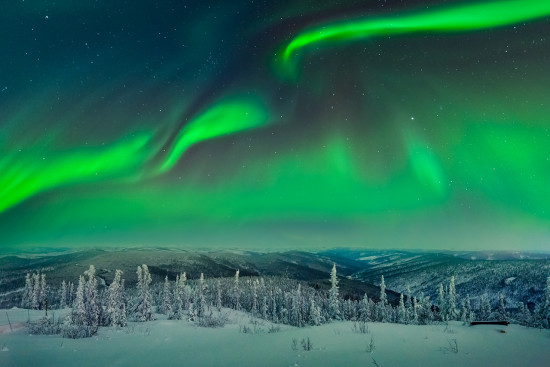
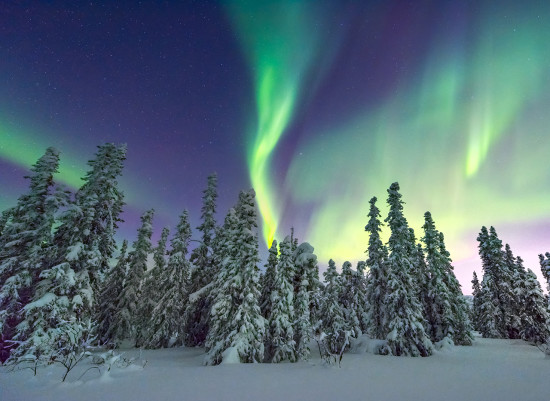
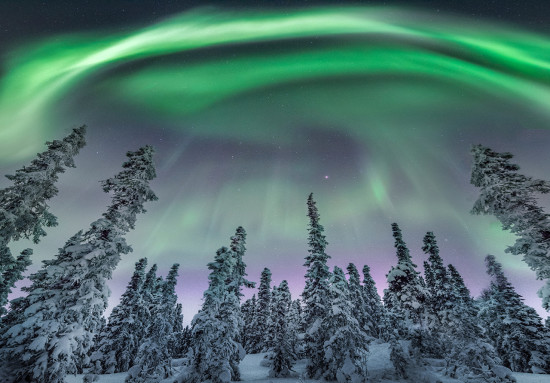
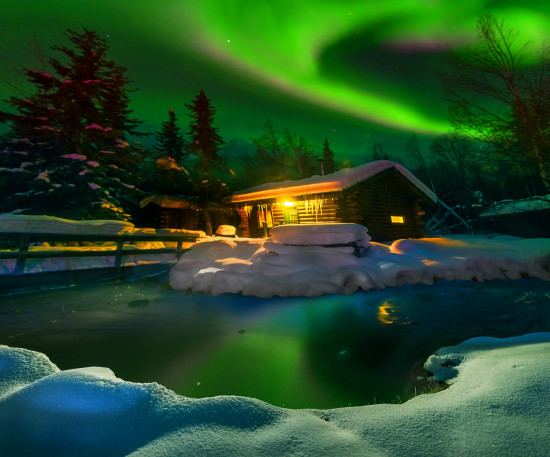
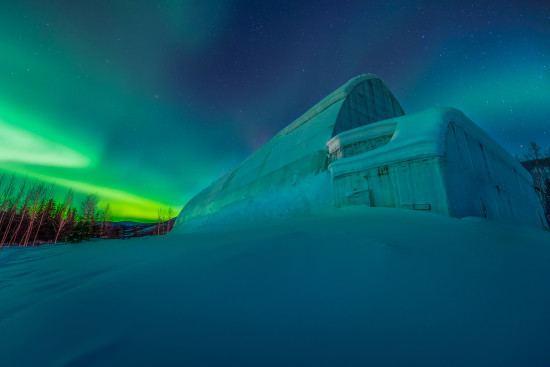

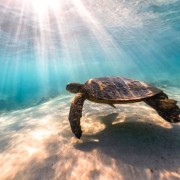

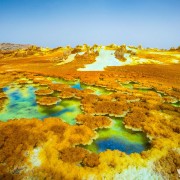
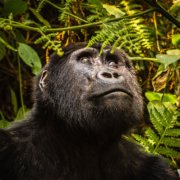
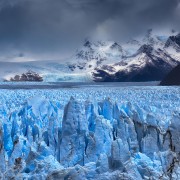


Fantastic article by one of the world’s best landscape photographers! Kevin is the real deal- he can shoot anything anywhere and come out with spectacular shots! He is also a great workshop leader, very generous with his knowledge and truly cares about helping you to learn and enjoy your experience! He is so much fun to be around so there is no way you could ever be disappointed!!!
Overall I,m getting the impression that Fairbanks may be my best bet for a first time Northern Lights trip. It’s in the US so I don’t need a passport, and no language hurtle. Cost is responsible, and I would feel safe to drive on my own. When is the best time and do you have any lodging recommendations?